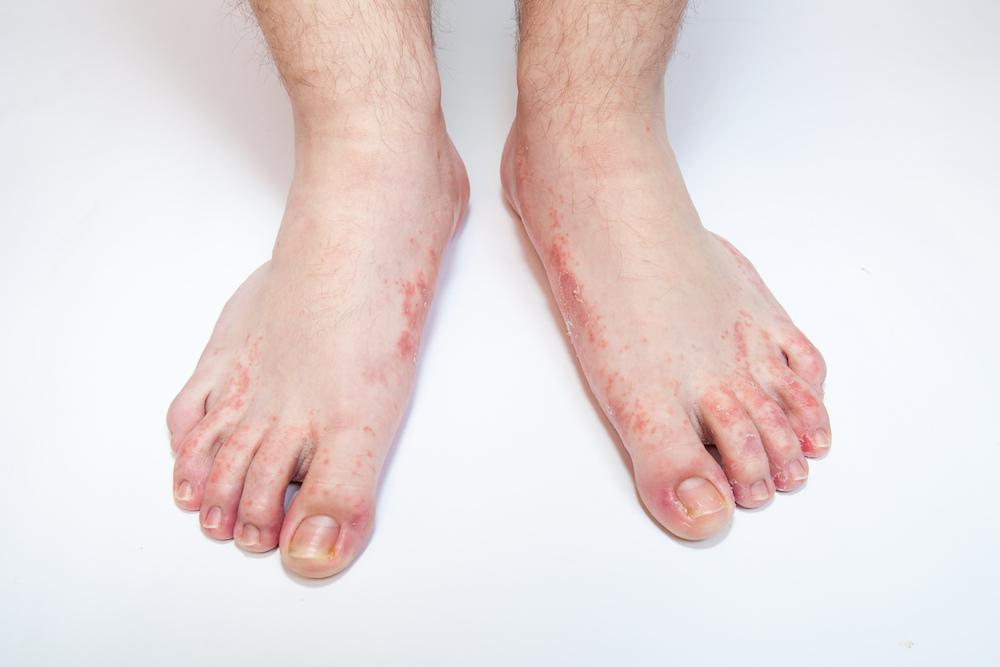If you’ve ever had cracking, peeling skin on your toes and foot, along with an itching, burning sensation, you’re familiar with athlete’s foot. Athlete’s foot is a fairly common ailment that anyone can get. It’s a fungal infection that causes itching and flaky skin around the toes, soles, and the top of the foot.
Athlete’s foot is usually a fairly minor condition when treated early. Over-the-counter medications often work well if it hasn’t progressed. If they don’t work satisfactorily, Dr. David Glover at Mountain View Foot & Ankle Institute orders an antifungal prescription medication.
If left untreated, athlete’s foot can spread to toenails, making it painful to walk. It can also result in serious bacterial infections, including cellulitis.
Athlete’s foot is contagious, so it’s important to know how to prevent it. Following are five tips for preventing this fungus.
Keep feet off the floor in public places
The fungus that causes athlete’s foot grows in moist environments like locker rooms, showers, gyms, and hotel rooms. When you take a shower and dress in the locker room at the pool or gym, wear footwear — flip flops or shower shoes.
Keep feet clean and dry
Shower daily for proper personal hygiene and don’t neglect to dry your feet before slipping them into your shoes and socks.
Athlete’s foot fungus can grow inside your shoes during a sweaty workout because it’s a moist environment. When you’ve finished your workout, always take a shower and put on clean socks — after you’ve dried your feet thoroughly. If it’s impossible to take a shower right away after a workout, carry a clean pair of socks, dry off your feet, and put on the socks.
Rotate pairs of shoes
If possible, rotate pairs of sneakers so you give each pair a chance to dry out between workouts. Shoes with rubber components keep the heat and moisture in. In the summer, instead of wearing sneakers, make a habit of wearing sandals when you can.
Don’t share towels or shoes
Because athlete’s foot is very contagious, don’t share towels or shoes with others. The condition spreads easily this way. Take your own towel to the gym, and put it in the laundry promptly when you get home.
Wear moisture-wicking socks
If your feet are particularly sweaty, look for socks that absorb moisture. Cotton material breathes better than nylon/acrylic.
You might think wool socks would be too hot, but wool socks are moisture-wicking. The inside of the wool fiber absorbs moisture more than the surface of the wool, so the sock’s surface stays fairly dry. Wool socks are superior to cotton in that respect, because the entire cotton fiber absorbs moisture. Socks that are 100% merino wool dry quickly, have a natural anti-bacterial nature, and also help reduce foot odor.
Call or go online to request an appointment at Mountain View Foot & Ankle Institute for all of your foot and ankle needs.

